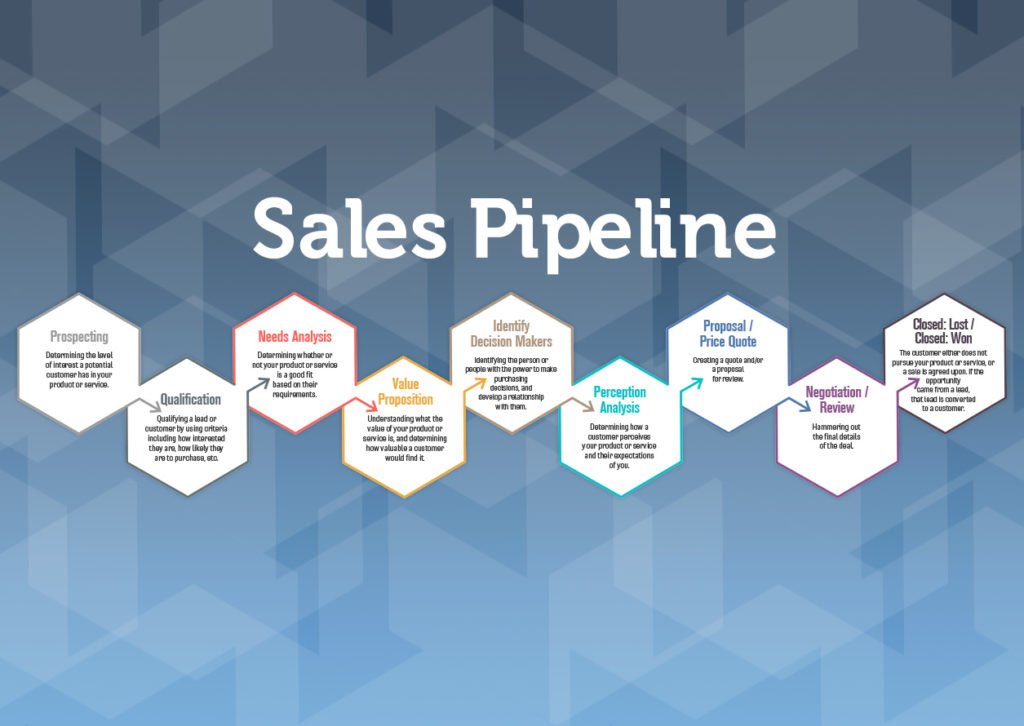A sales pipeline is an essential tool for any business that wants to track customers in the purchasing process and boost efficiency. In this article, we will explore how a sales pipeline works and why it’s so important for businesses of all sizes.
What Is A Sales Pipeline?
A sales pipeline is a visual representation of each stage in the customer journey from initial contact through to purchase completion. It helps you identify where your leads are, which allows you to focus on those who need more attention or have been left behind. This makes it easier to manage resources efficiently and ensures no potential sale falls through the cracks.
Benefits of Using a Sales Pipeline:
Using a sales pipeline can help your business become more efficient by providing several key benefits, including:
Improved Visibility: By tracking each stage of the customer journey with a visual representation, you can quickly spot areas that require improvement or further investment. You can also easily see when someone drops out of the buying process so that you can take action accordingly.
Increased Accountability: With everyone working towards common goals within their own roles, there is increased accountability across departments, as well as individual team members. This ensures everyone stays focused on achieving success rather than getting distracted by other tasks unrelated to closing deals faster and boosting revenue growth.
Better Forecasting: Having visibility into every step in the customer journey means you can make better predictions about future performance based on past data points, such as conversion rates average deal size per lead source, etc. This information gives invaluable insights into what strategies work best for different buyers so that marketing efforts don’t go wasted because of a lack of understanding of buyer behavior patterns.
Below are some ways you can maximize the effectiveness of the sales pipeline:
- Automate Manual Processes: Streamline tasks for smoother sales workflow and reduce human error.
- Use Customer Feedback Data: Gather insights to enhance product offerings and tailor customer experiences.
- Establish Clear Goals and objectives: Define targets to guide sales teams and drive focused efforts.
- Monitor Progress Regularly: Track metrics to identify bottlenecks, adjust strategies, and ensure ongoing improvements.
By implementing the above strategies, you can maximize the effectiveness of your sales pipeline!
Conclusion:
In conclusion, using a sales pipeline provides many advantages over traditional methods, such as improved visibility, increased accountability, and better forecasting capabilities. All these factors combined result in greater efficiency throughout your organization while helping close deals faster and increase overall revenues.




